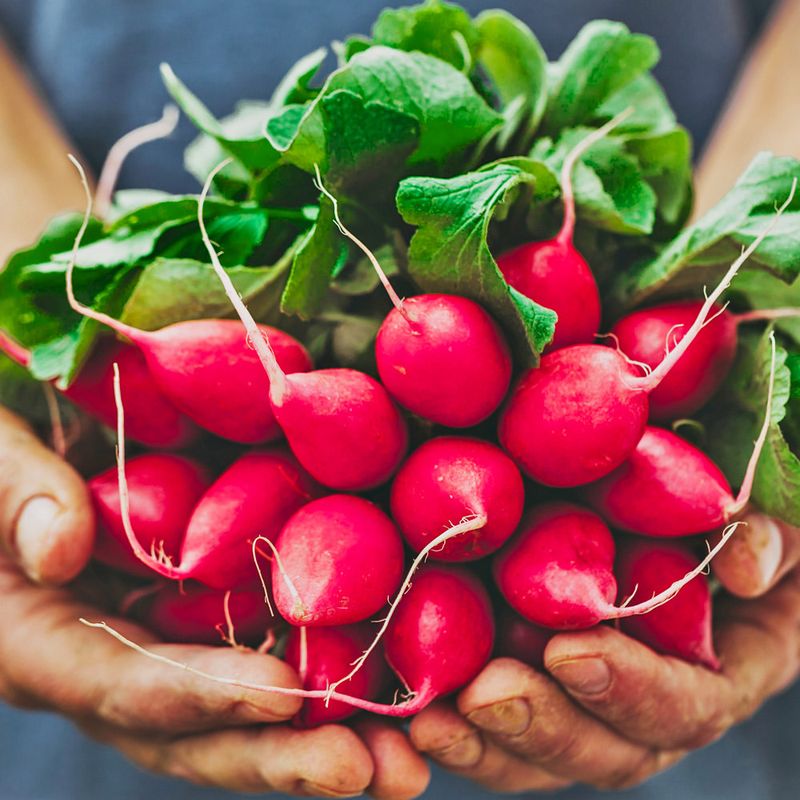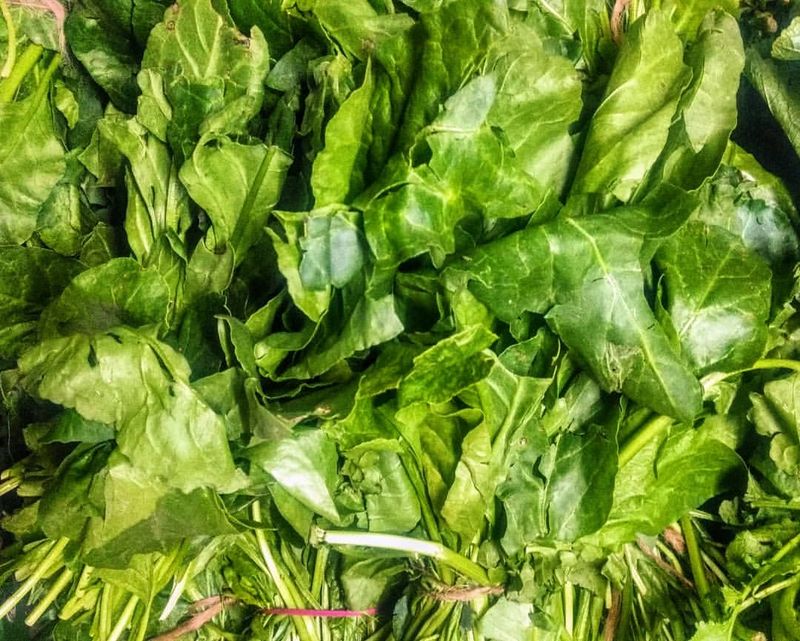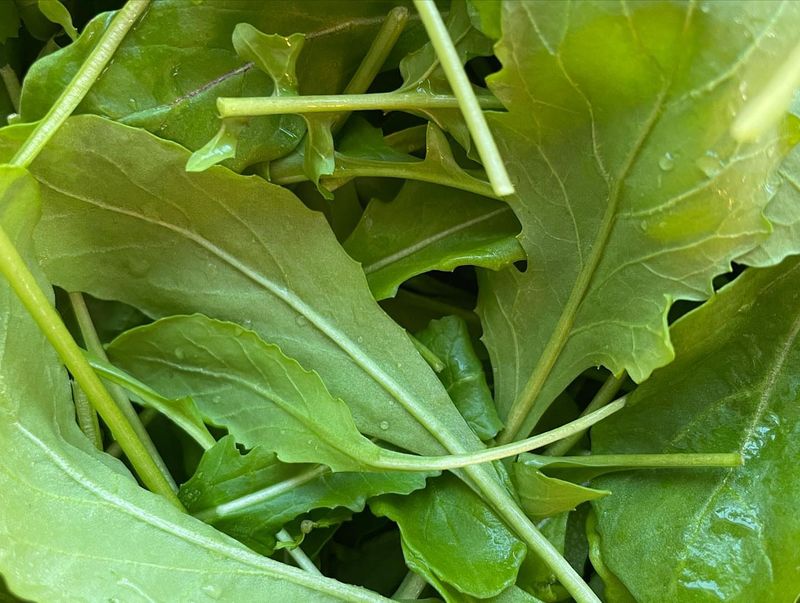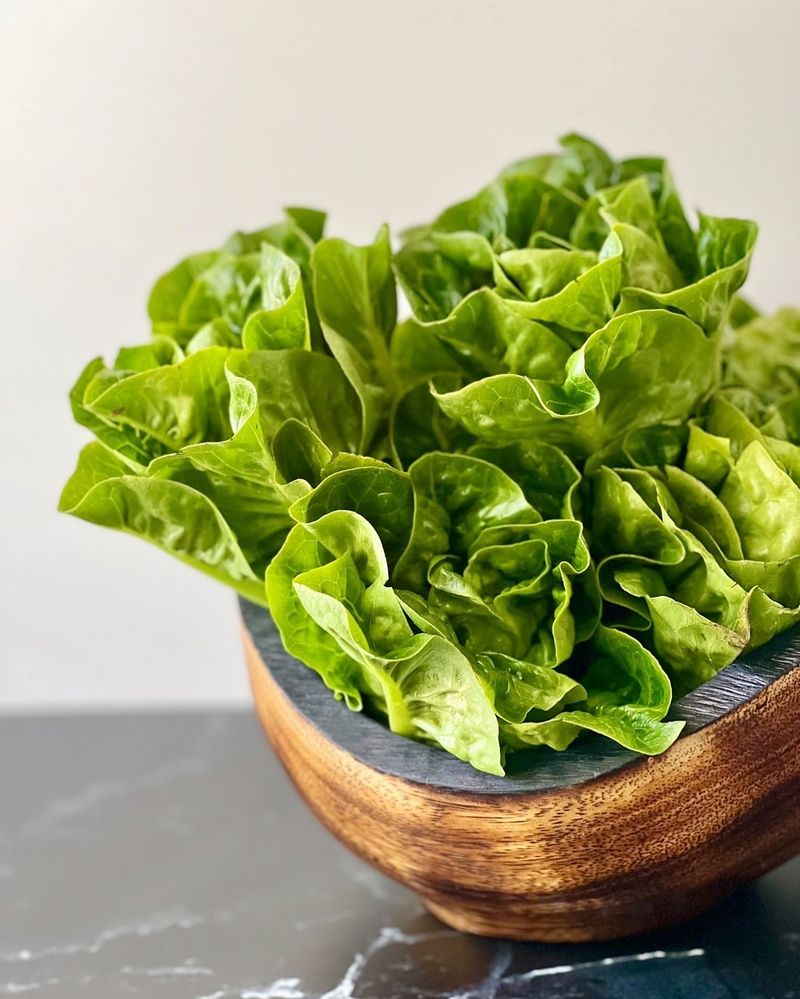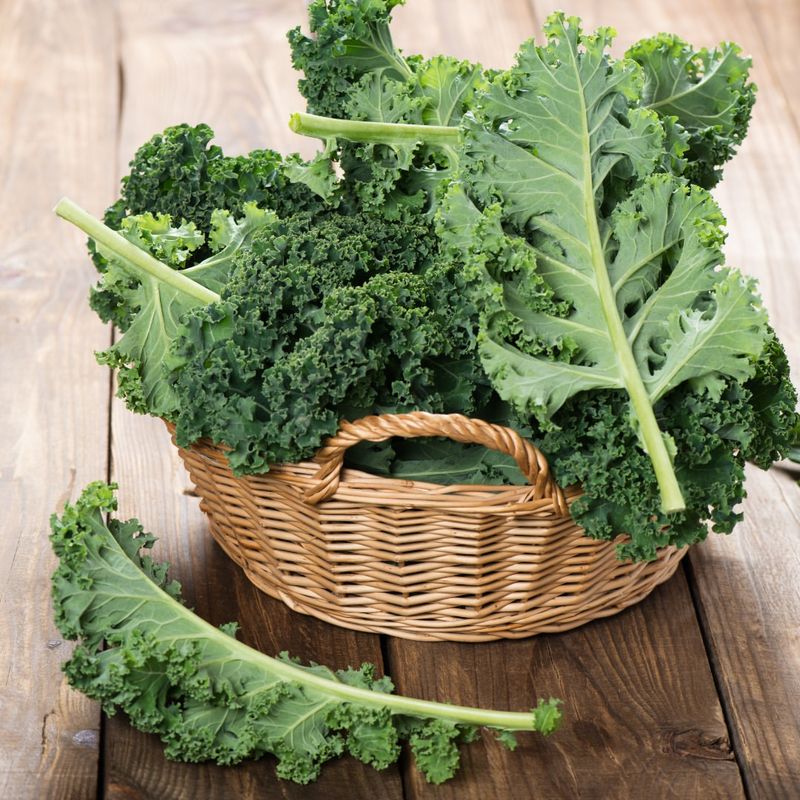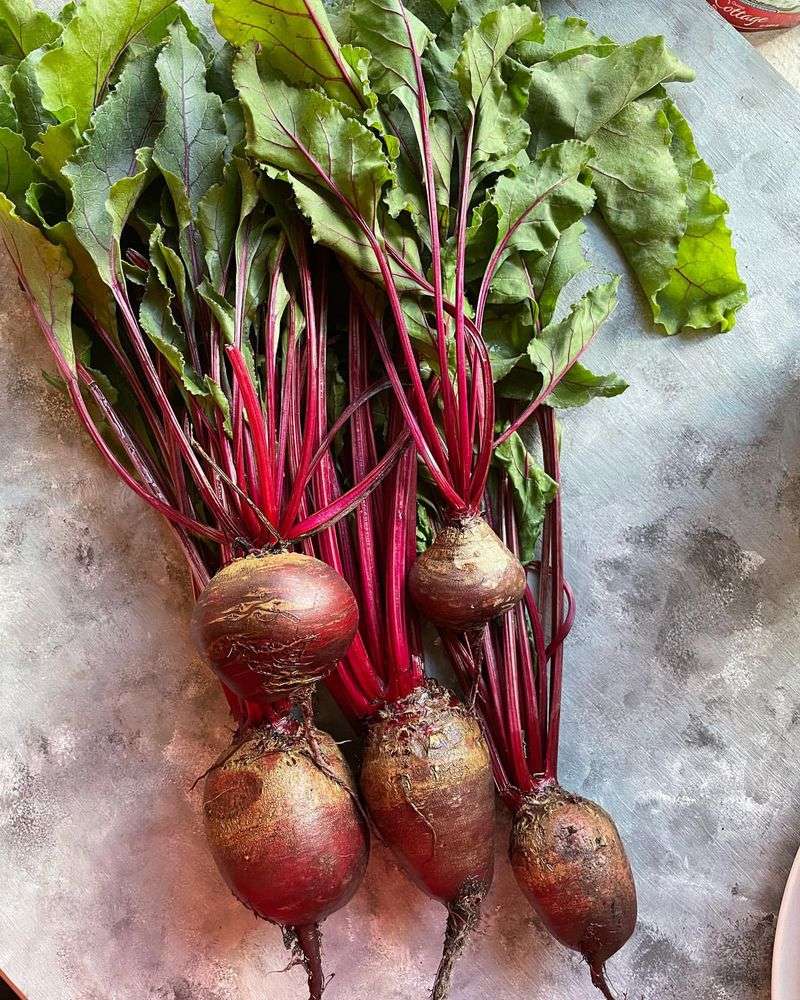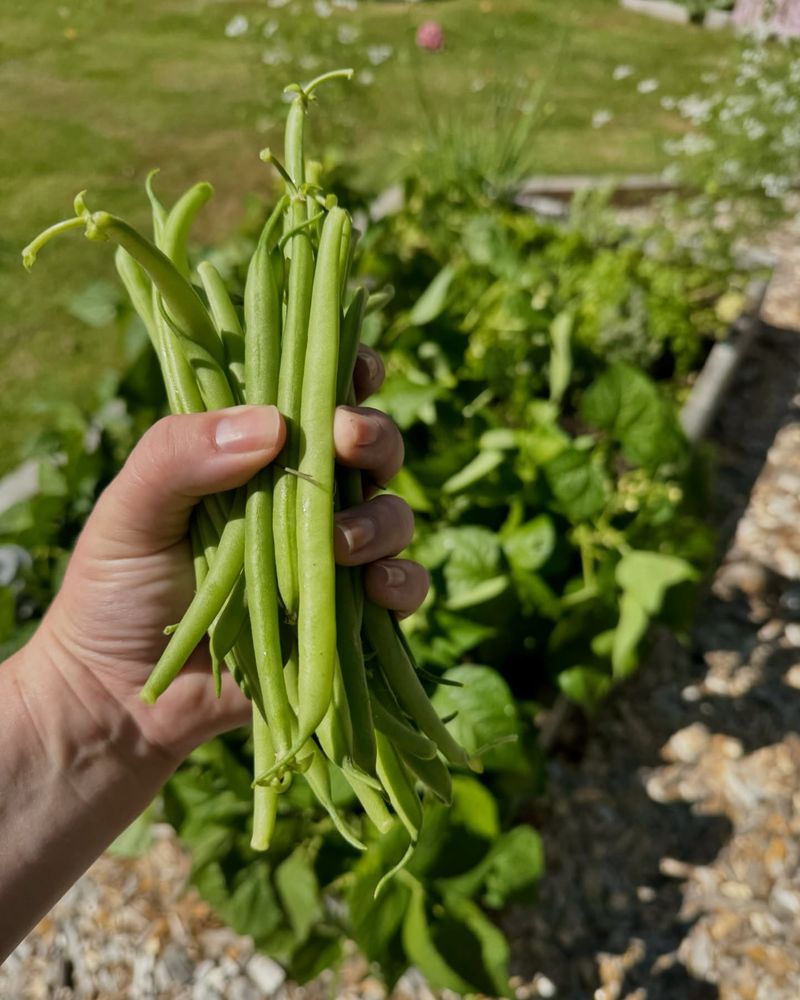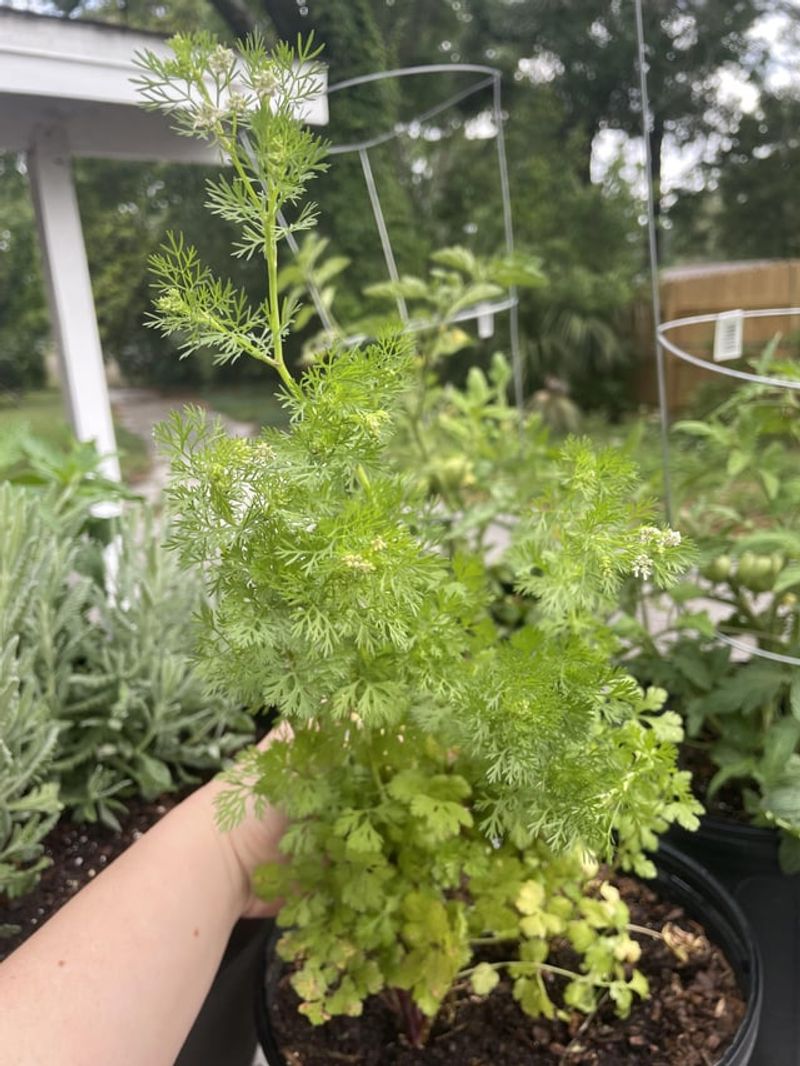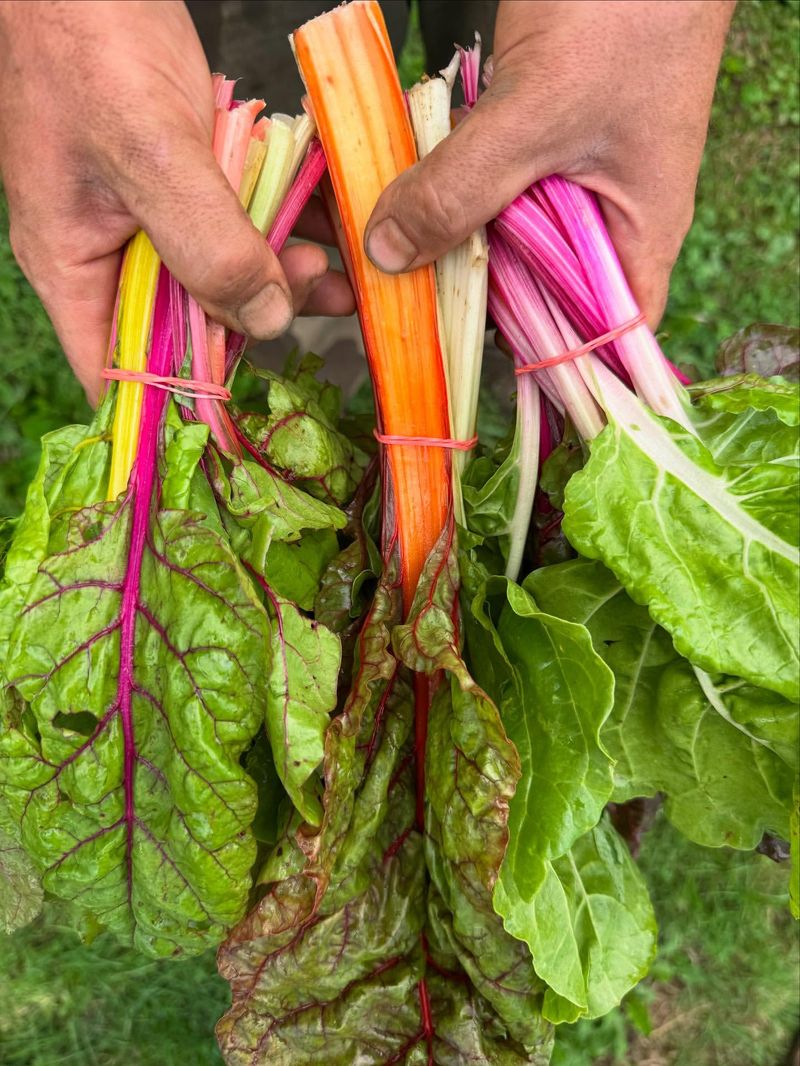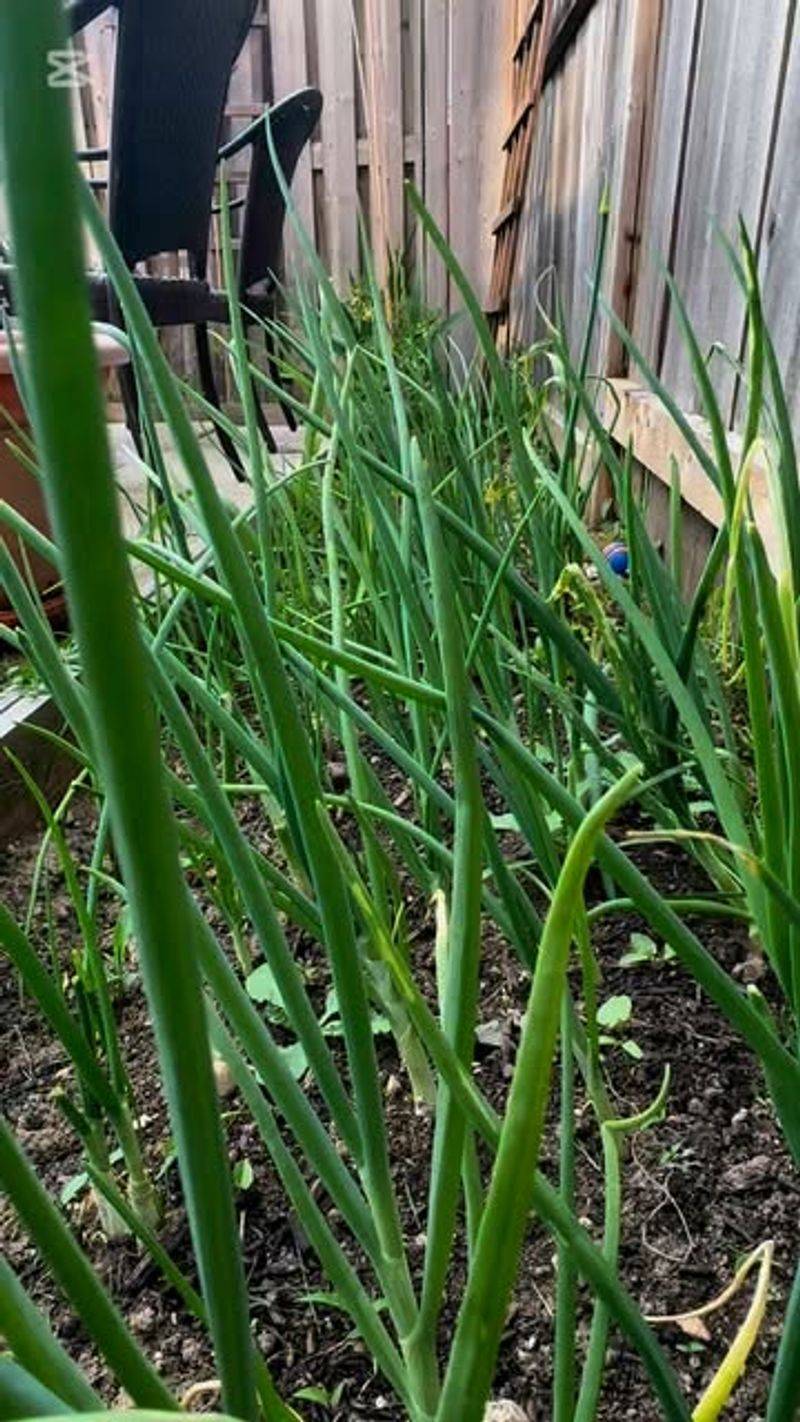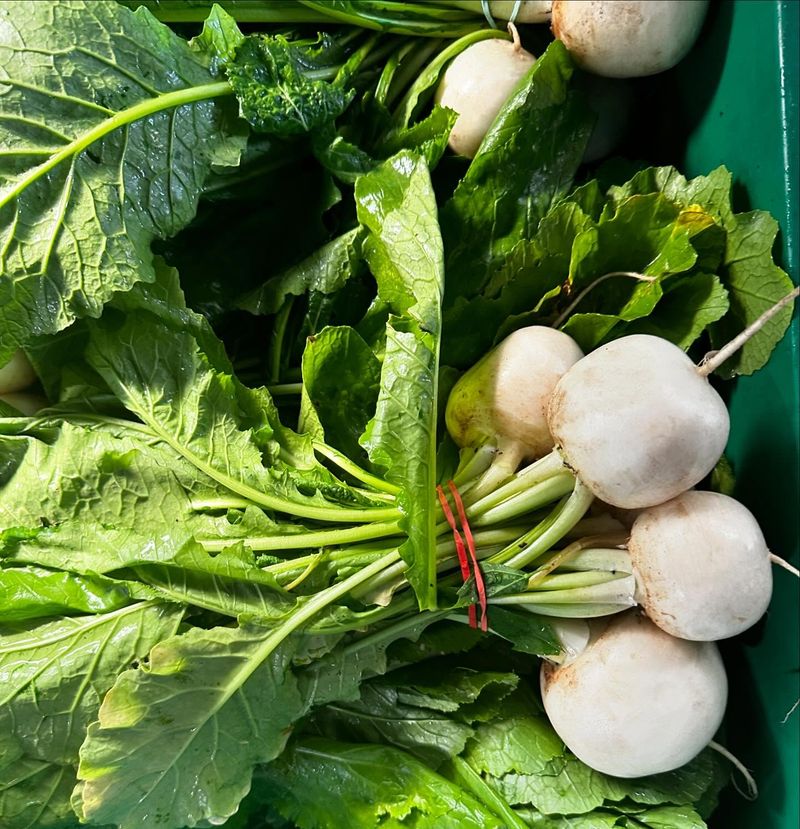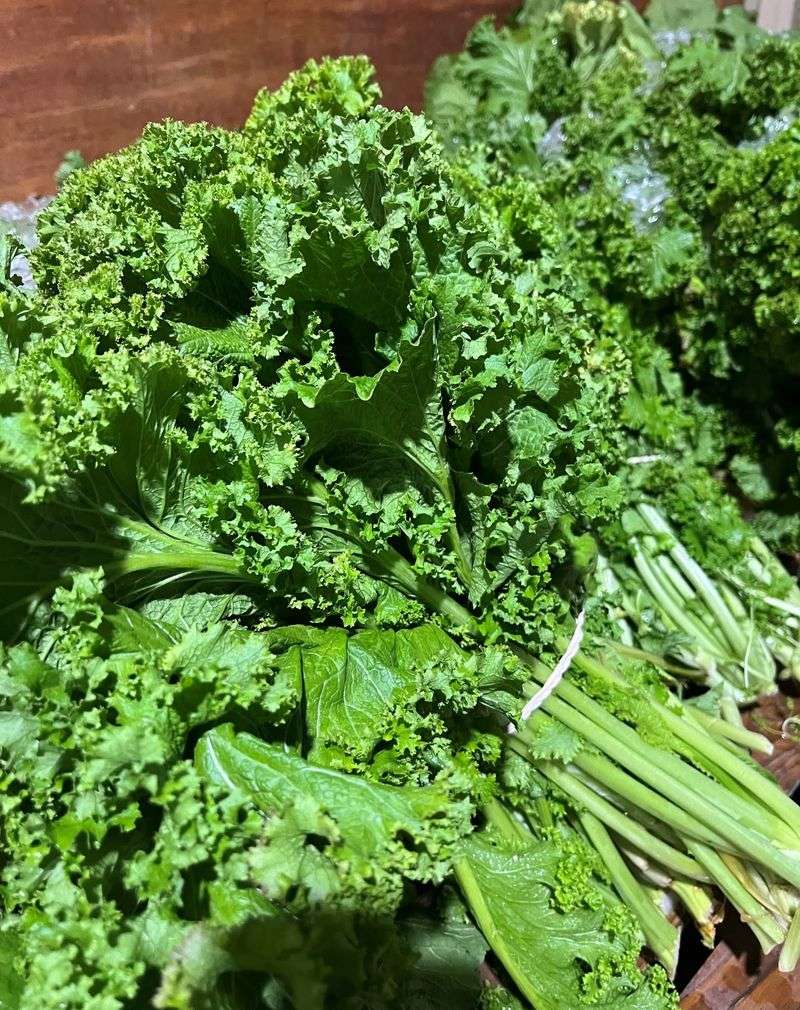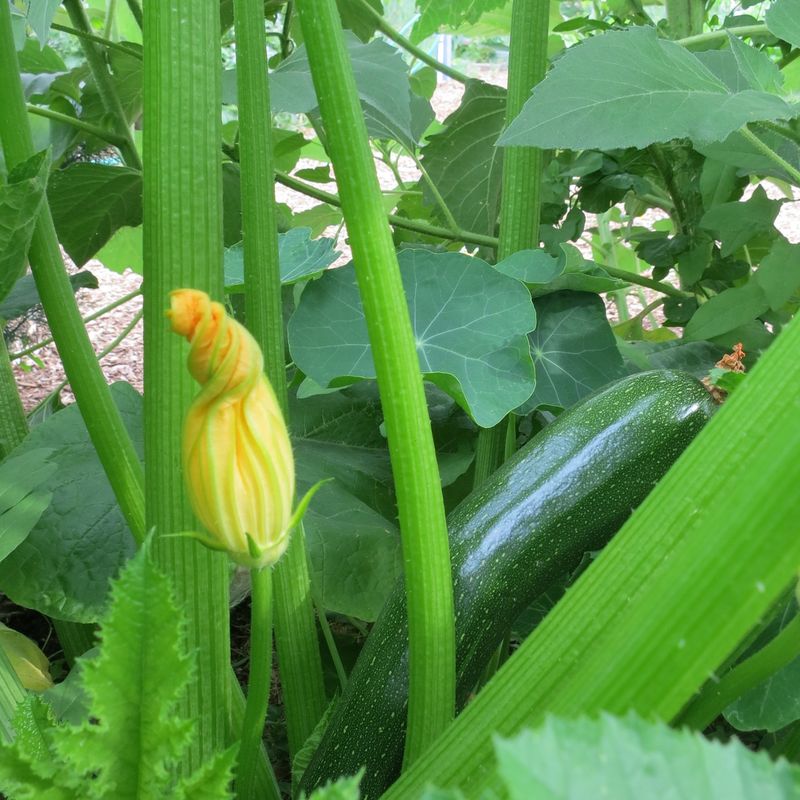If you’re thinking your summer garden dreams have slipped away, I’ve got great news — it’s still the perfect time to get your hands dirty.
There are some amazing veggies that thrive when planted now, giving you fresh flavors straight from your backyard in no time. I’ve tried and tested these gems myself, and trust me, the payoff is deliciously worth it.
So grab your gloves, and let’s turn that patch of earth into a veggie paradise!
1. Radishes
Ready to harvest in just 3-4 weeks, these peppery root veggies are perfect for impatient gardeners. They thrive in cooler late-summer temperatures and can be planted in succession for continuous harvests.
Simply scatter seeds about half an inch deep, water consistently, and watch them pop up almost overnight. Their quick growth makes them incredibly satisfying for both beginners and experienced gardeners alike.
2. Spinach
Fall spinach actually tastes sweeter than spring-planted varieties thanks to cooling temperatures. The approaching autumn weather creates ideal growing conditions that prevent the leaves from becoming bitter or bolting too quickly.
Sow seeds directly in partial shade to protect from intense late-summer sun. With minimal care beyond regular watering, you’ll enjoy tender leaves perfect for salads and cooking well into the cooler months.
3. Arugula
Spicy and distinctive, arugula grows from seed to salad plate in just 30 days. The peppery leaves add punch to ordinary salads and can be harvested multiple times when you clip just the outer leaves.
Direct sow seeds about a quarter-inch deep in rows or broadcast them in a patch. Keep soil consistently moist until germination, which happens quickly—often within days. For milder flavor, harvest younger leaves.
4. Lettuce
Crisp and refreshing, lettuce varieties like Romaine and loose-leaf types grow surprisingly well as temperatures begin to cool. Many gardeners find fall-grown lettuce outperforms spring plantings because of decreasing rather than increasing heat.
Scatter seeds thinly and barely cover with soil, then keep consistently moist. For a continuous supply, plant small batches every week or two. Harvest outer leaves as needed while allowing the center to continue growing.
5. Kale
Famously cold-tolerant, kale actually improves in flavor after light frosts convert starches to sugars. Plant now for harvests that can extend well into winter in many growing zones.
Start seeds indoors or direct sow about ¼ inch deep. Young plants appreciate consistent moisture and will reward you with nutritious leaves for months. Harvest from the bottom up, leaving the growing crown intact for continued production.
6. Carrots
Sweet and crunchy, late-summer planted carrots develop excellent flavor as they mature in cooling fall temperatures. The cold actually encourages the roots to store more sugars, resulting in exceptionally sweet harvests.
Sow seeds directly in loose, stone-free soil about ¼ inch deep. Thin seedlings to prevent overcrowding, which causes misshapen roots. Keep soil consistently moist, especially during germination, which can take up to two weeks.
7. Beets
Versatile and nutritious, beets grow quickly from seed and produce both delicious roots and edible greens. Fall-planted beets often develop richer color and sweeter flavor than those grown during summer heat.
Plant seeds half an inch deep, soaking them first to speed germination. Each “seed” is actually a cluster that produces multiple plants, so thin to 3-4 inches apart. Harvest baby beets early or wait for full-sized roots.
8. Bush Beans
Quick to produce, bush beans can go from seed to harvest in as little as 45-60 days. Unlike pole varieties, these compact plants don’t require trellising and fit easily into small garden spaces.
Plant seeds 1 inch deep and 2-3 inches apart, keeping soil consistently moist until germination. They prefer full sun but appreciate afternoon shade in the hottest regions. Pick frequently to encourage continued production until frost.
9. Cilantro
Notorious for bolting in summer heat, cilantro actually thrives when planted in late summer for fall harvesting. The cooling temperatures allow this herb to focus on leaf production rather than quickly going to seed.
Sow seeds directly about ¼ inch deep, keeping soil consistently moist. For continuous harvest, plant new batches every 2-3 weeks. Cut outer stems at soil level when harvesting to encourage fuller regrowth from the center.
10. Cucumbers
Fresh and crisp, quick-maturing cucumber varieties can still produce before frost when planted in late summer. Look for varieties with “early” or “bush” in their names for fastest results.
Start seeds indoors to give them a head start or direct sow in warm soil. Provide consistent water and consider afternoon shade in hot regions. Harvest frequently when fruits reach 4-6 inches long to encourage continued production.
11. Swiss Chard
Colorful and hardy, Swiss chard offers both beautiful stems and nutritious leaves that can withstand light frosts. The rainbow varieties bring visual interest to gardens while providing months of harvests.
Plant seeds ½ inch deep directly in the garden, thinning to 6 inches apart when seedlings emerge. Harvest by cutting outer leaves at the base while leaving the center intact. With proper care, plants can produce well into winter.
12. Green Onions
Ready in just 30 days, green onions (scallions) are perfect for late-season planting. Their shallow roots and quick growth habit make them ideal for tucking into small garden spaces or even containers.
Sow seeds ¼ inch deep in rows, keeping soil consistently moist. For an even quicker harvest, plant onion sets (small bulbs) instead of seeds. Harvest when stems reach pencil-thickness or leave some to overwinter for early spring harvests.
13. Turnips
Often overlooked, turnips grow remarkably quickly and offer two vegetables in one—tender roots and nutritious greens. Modern varieties are much sweeter than their old-fashioned counterparts, especially when grown in fall conditions.
Direct sow seeds ½ inch deep, thinning to 4 inches apart. Harvest baby turnips after just 30 days or wait longer for full-sized roots. The thinned seedlings make excellent additions to salads and stir-fries.
14. Peas
Sweet and satisfying, fall peas often outperform spring plantings because they mature as temperatures cool rather than warm. Snow and snap varieties with edible pods offer the quickest harvests, ready in about 60 days.
Sow seeds 1 inch deep and 2 inches apart, providing support for climbing varieties. Cool, moist soil promotes good germination, so water consistently. Harvest frequently once pods begin to form to encourage continued production.
15. Broccoli
Fall-grown broccoli produces sweeter, more compact heads than spring plantings. The cooling temperatures create ideal growing conditions that reduce bitterness and prevent premature flowering.
Start with transplants rather than seeds for quickest results. Plant them 18 inches apart in rich soil, watering deeply but infrequently. After harvesting the main head, many plants will produce smaller side shoots for weeks of additional harvests.
16. Mustard Greens
Spicy and fast-growing, mustard greens can be ready to harvest in as little as 30 days. The cooling temperatures of late summer into fall enhance their flavor while preventing them from becoming excessively bitter.
Sow seeds ¼ inch deep, thinning seedlings to 6 inches apart. Harvest young leaves for milder flavor or mature leaves for more pungent taste. Cut leaves individually from the outside, allowing the plant to continue producing from the center.
17. Zucchini
Famously productive, zucchini plants can begin yielding tender squash just 40-50 days after planting. Their rapid growth makes them perfect candidates for late-summer gardens seeking quick rewards.
Start seeds indoors to get a jump on the season or direct sow in warm soil. Plant in hills with 2-3 seeds per hill, thinning to the strongest plant. Harvest frequently when fruits reach 6-8 inches for best flavor and to encourage continued production.


